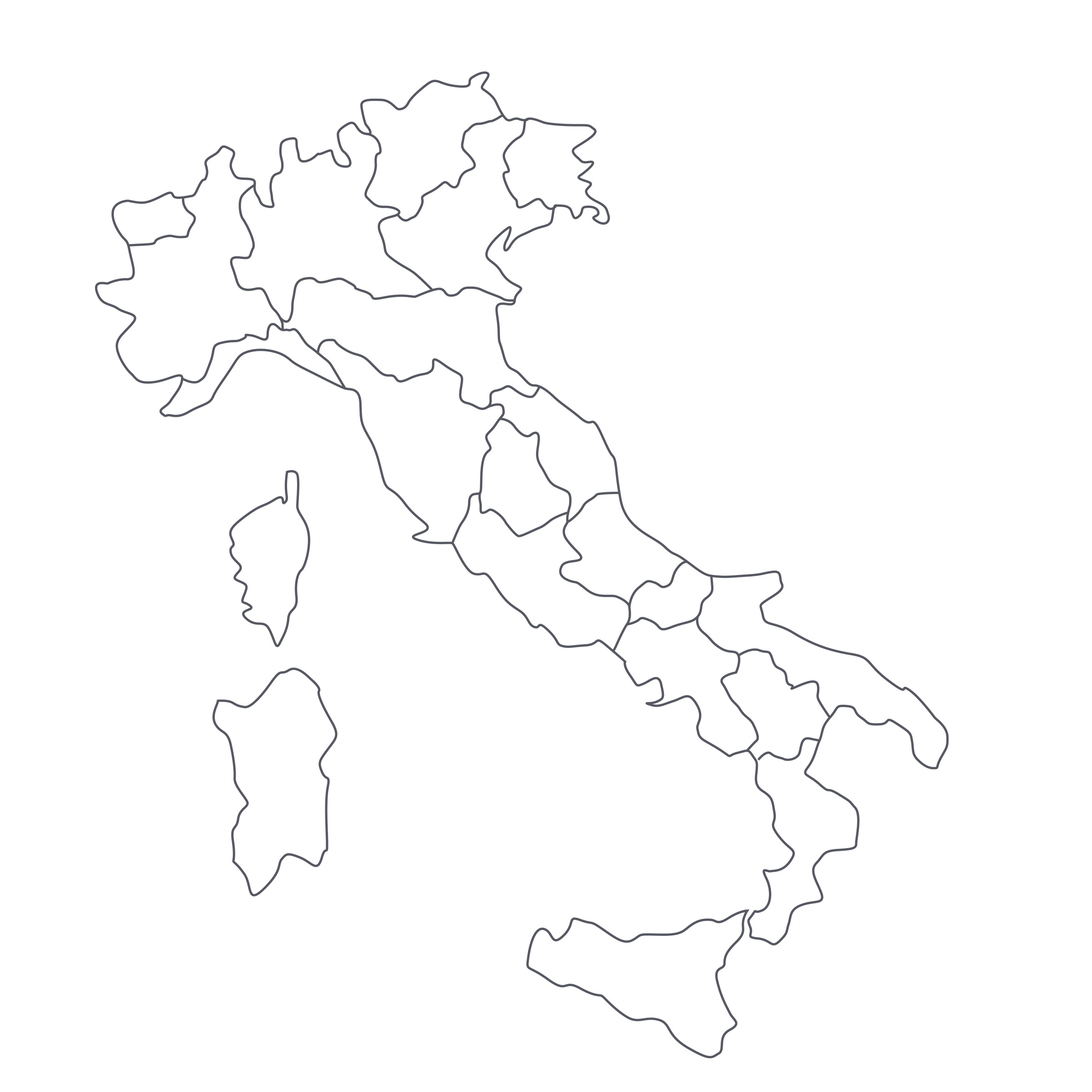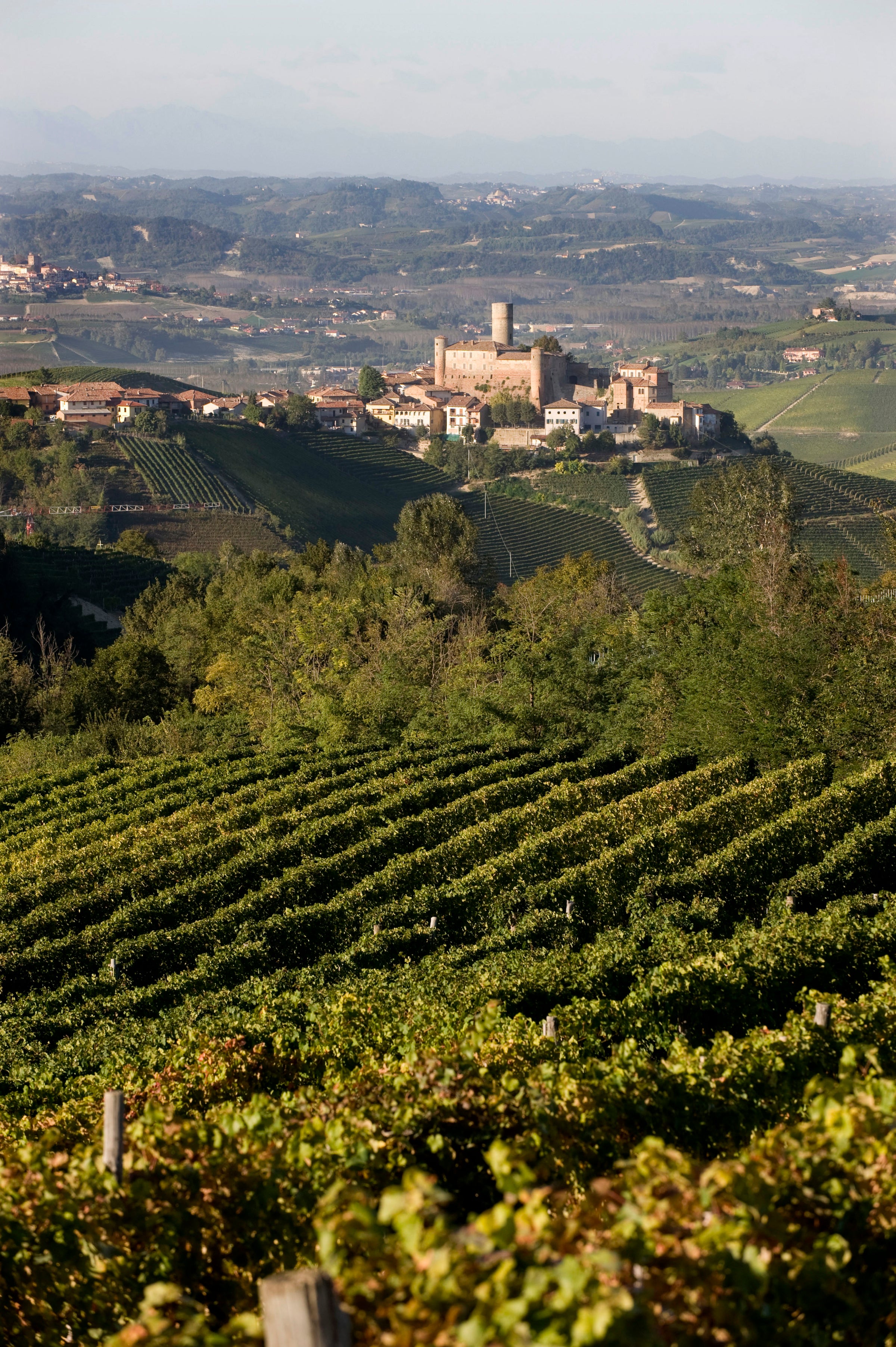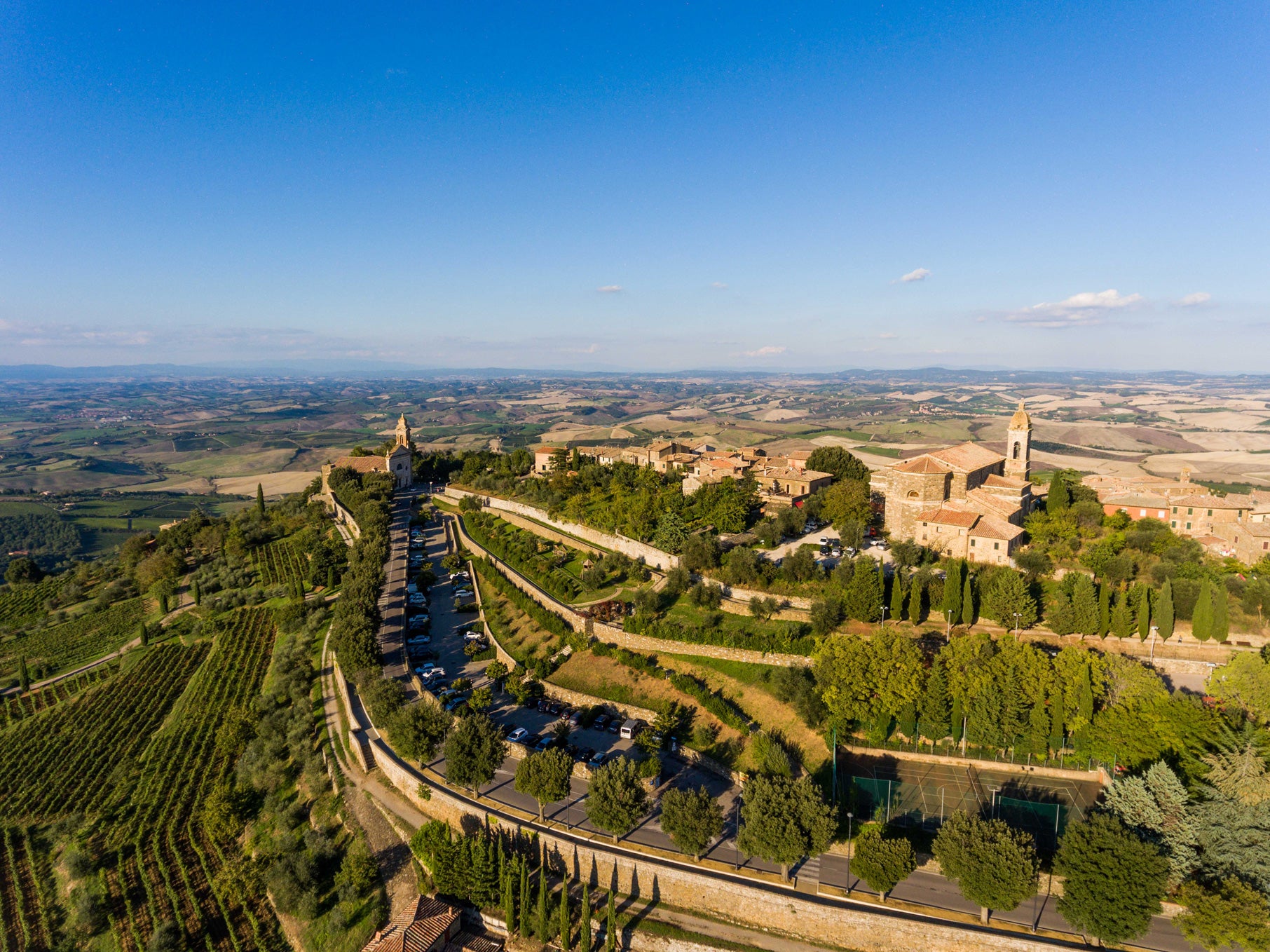The story of Giovanna Morganti necessarily begins with a few words about her father. In the 1950’s and 60’s, Enzo Morganti was largely responsible for defining and preserving Chianti as we know it today. In an era when Chianti was increasingly associated with round bottles in wicker baskets—and poor quality, industrial wine—Enzo’s dogged enthusiasm for the Sangiovese variety and brilliant advancements in production and business kept the region at the forefront of the wine world. In doing so, he showed it was possible to produce world class wine and build a respected, sizable business in a region most people in the fine wine business had long since written off.
Fast forward to the 1990’s and Enzo’s daughter, Giovanna, began applying the same singular focus on quality and indigenous character, but only on a much smaller scale. Giovanna hand farms a small parcel of vines that formerly provided fruit for the church. She is university educated in grape genetics and vineyards science, but also a knowledgeable and devoted follower of biodynamic and organic philosophy. So, it is perhaps unsurprising that hers are some of the most healthy and pristine vines in Tuscany. Giovanna has two vineyards: her “Le Trame” parcel which produces Chianti Classico, and a second, much smaller parcel, “Chiesa Monti,” which produces today’s wine. Despite never having been certified by the local consortium—and thus being labeled “IGT” versus Chianti Classico DOCG—this vineyard is centrally located in the Chianti Classico appellation. Giovanna farms Sangiovese in this vineyard, but also a significant percentage of the property is also devoted to the more obscure Tuscan varieties: Mammolo, Colorino, Foglia Tonda, and Ciliegiolo. What little fruit is produced from this small vineyard each vintage is harvested by hand. Giovanna ferments the must in small, open-top wooden tanks as is the ancient tradition in the region. Next, the wine is aged in large neutral barrels for 18 months before bottling. Giovanna’s gentle approach in the cellar, combined with the vineyard’s adventurous diversity of varieties, creates a wine that is unlike any other wine bottled in Chianti Classico. It has darker aromas, exotic floral notes, and a raw vigor that is all its own.
The 2013 Podere Le Boncie “Cinque” is dark and brooding in the glass with a concentrated crimson and purple center with slight orange tones at the rim. On the palate there is perfect harmony between pronounced tannins, mouthwatering freshness, and potent dark cherry fruit. As with all Giovanna’s wines, though, the aromatics are the centerpiece. This wine’s nose is a one way ticket to rural Tuscany—wild cherries and black currants meet citrus peel, fresh roses, charred meat, wild thyme, rosemary and sage. It could not be mistaken for anything else—it is 100% Tuscan. If you are looking to create the ideal culinary companion for this wine, I suggest preparing a simple Pizza Margherita -
this recipe is insane - it’s a dream combination. Decant the wine for 30 minutes and serve at 60 degrees in large Bordeaux stems. And one final note: all of Giovanna’s wines are built for extended cellaring and this wine is no exception. It is a thrill now, but it will evolve into something altogether more mysterious and savory as the years pass. With such considerable acid and tannic structure, traditionally produced red wines from Tuscany remain some of the best cellar values in the world. Those disciplined to hide a few extra bottles in the cellar will be handsomely rewarded.




